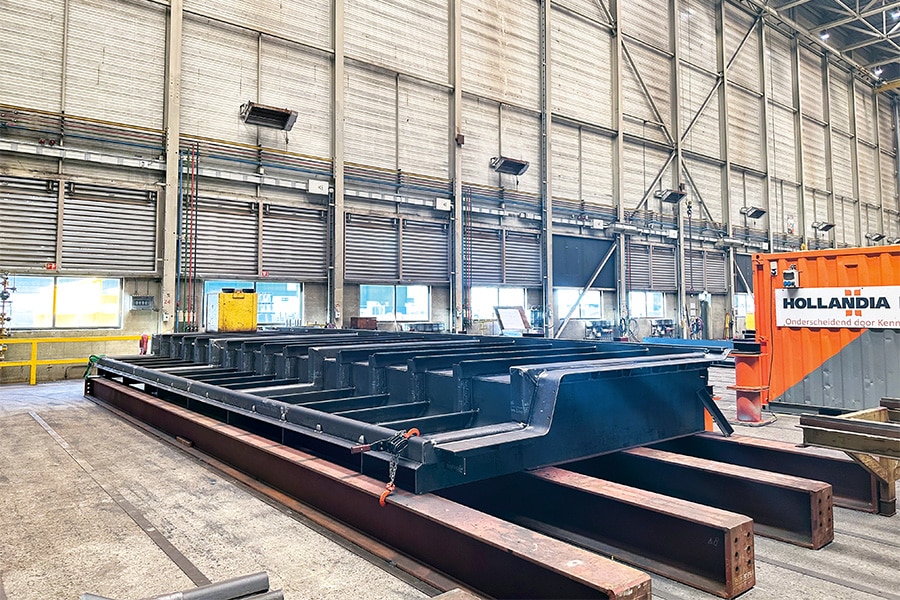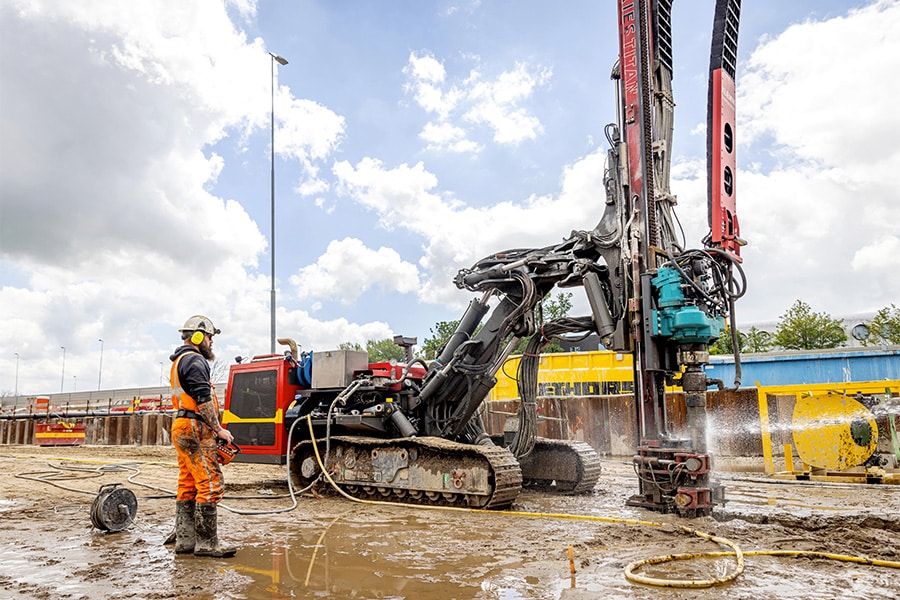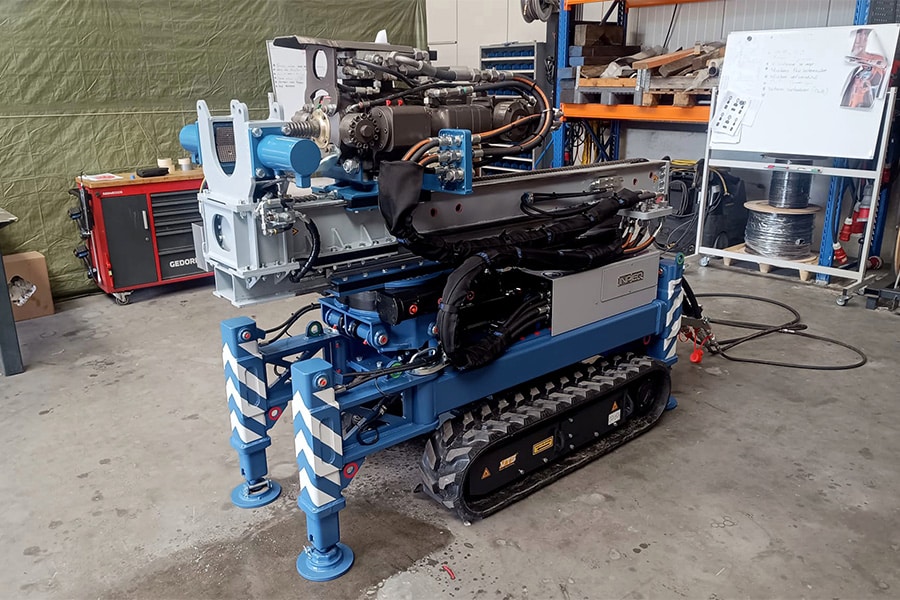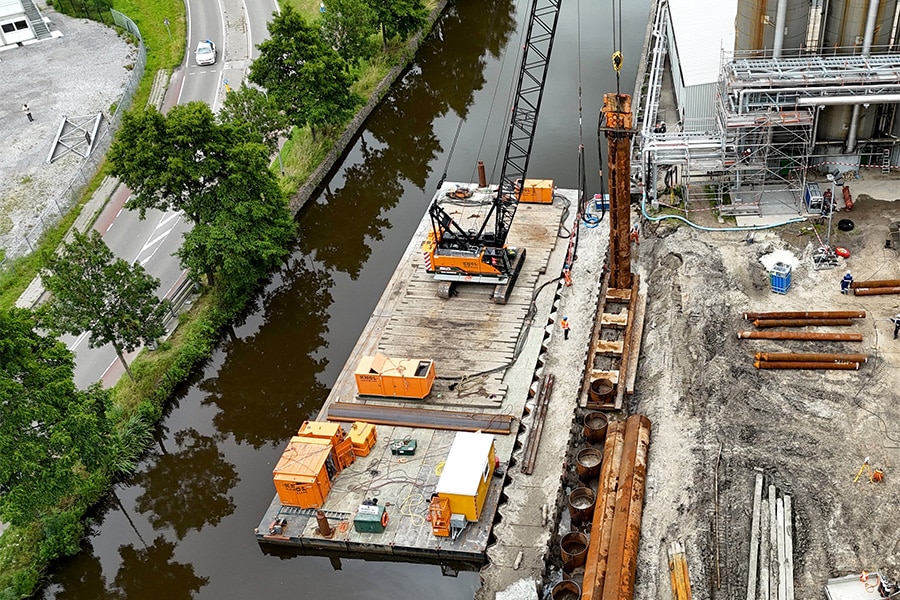
Expert in building flood defenses
It is not entirely coincidental that Ploegam and Dura Vermeer, from the Dike Zone Alliance for the construction of the Vlotterkering® in Steyl-Maashoek have a partnership with Hollandia Infra. The firm from Krimpen aan den IJssel, part of the Hollandia Group, is considered the specialist in the design and realization of complex steel construction water and motion works and bridges at home and abroad.
Iconic flood defenses such as the Maeslant barrier, the Hollandsche IJssel barrier and the (renovation of the) Hartel barrier, it all comes from the Hollandia Group. Since the 2013 floods on the east coast of Britain, the company has also been a regular partner of Environment Agency (the British Department of Public Works, ed.) for building flood defenses in the mouths of the major rivers there. Without exception, all are inventive objects. The Ipswich storm surge barrier was the first. "Here we did not yet have a leading role since the design had been made by the civil contractor," says Rob Schippers, project manager at Hollandia Infra. "However, we had so many comments and areas for improvement on the design that we were commissioned directly for the subsequent project, the Boston Barrier, and were also allowed to provide the design." That apparently tasted like more, as Hollandia Infra has since also supplied the high-water retaining sluice gates for the Tilbury Docks that now protect thousands of homes and businesses in the area from high water.

Switched valves
Dutch clients also know how to find Hollandia Infra, especially when things get a little more complex. "For the Vlotterkering® at Steyl-Maashoek, our task is 2-fold," says Rob Schippers, project manager at Hollandia Infra. "On the one hand demonstrating the watertightness and on the other hand designing, producing, assembling and delivering the valves in working order. The former was done on the basis of a mock-up at full (retaining) size of 3 meters at our yard in Krimpen aan den IJssel. That took quite a bit of time and energy, but together we demonstrated to Waterschap Limburg in this way that we can guarantee the intended leak-tightness." The concept of the self-closing barrier is based on twelve connected valves - each with three floats - which are connected through a Trelleborg rubber seal to form one buoyant whole. "For the ends, we produce two gate valves, also each with a float body and rubber seal. Because the gate is hinged, that causes a lot of deformation of the rubber seals in the corners. It has really been a quest together with Trelleborg to optimize and fine-tune the concept."
The valves are currently being produced by Hollandia Infra. They are scheduled to be assembled in Steyl in the second quarter of next year.



